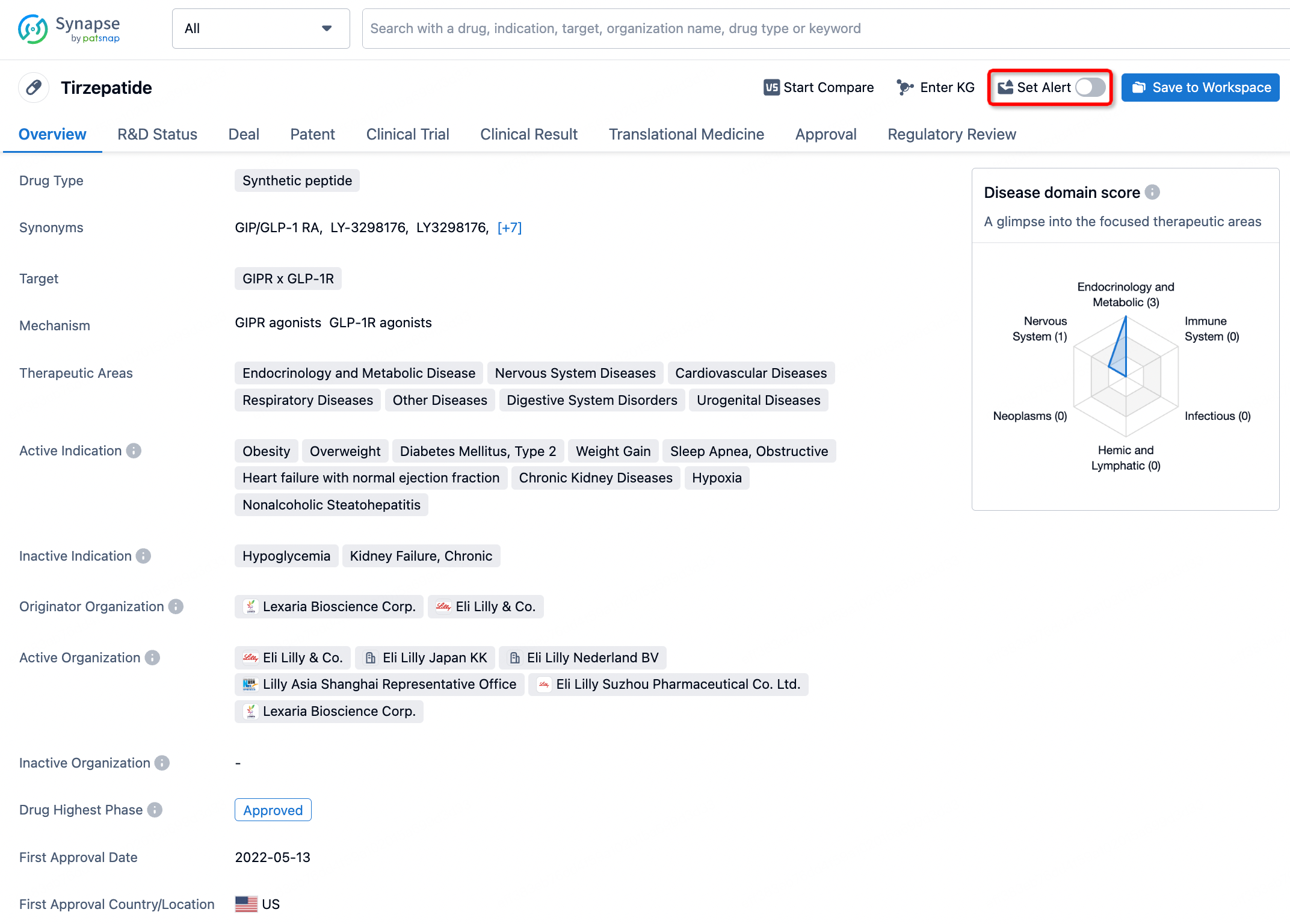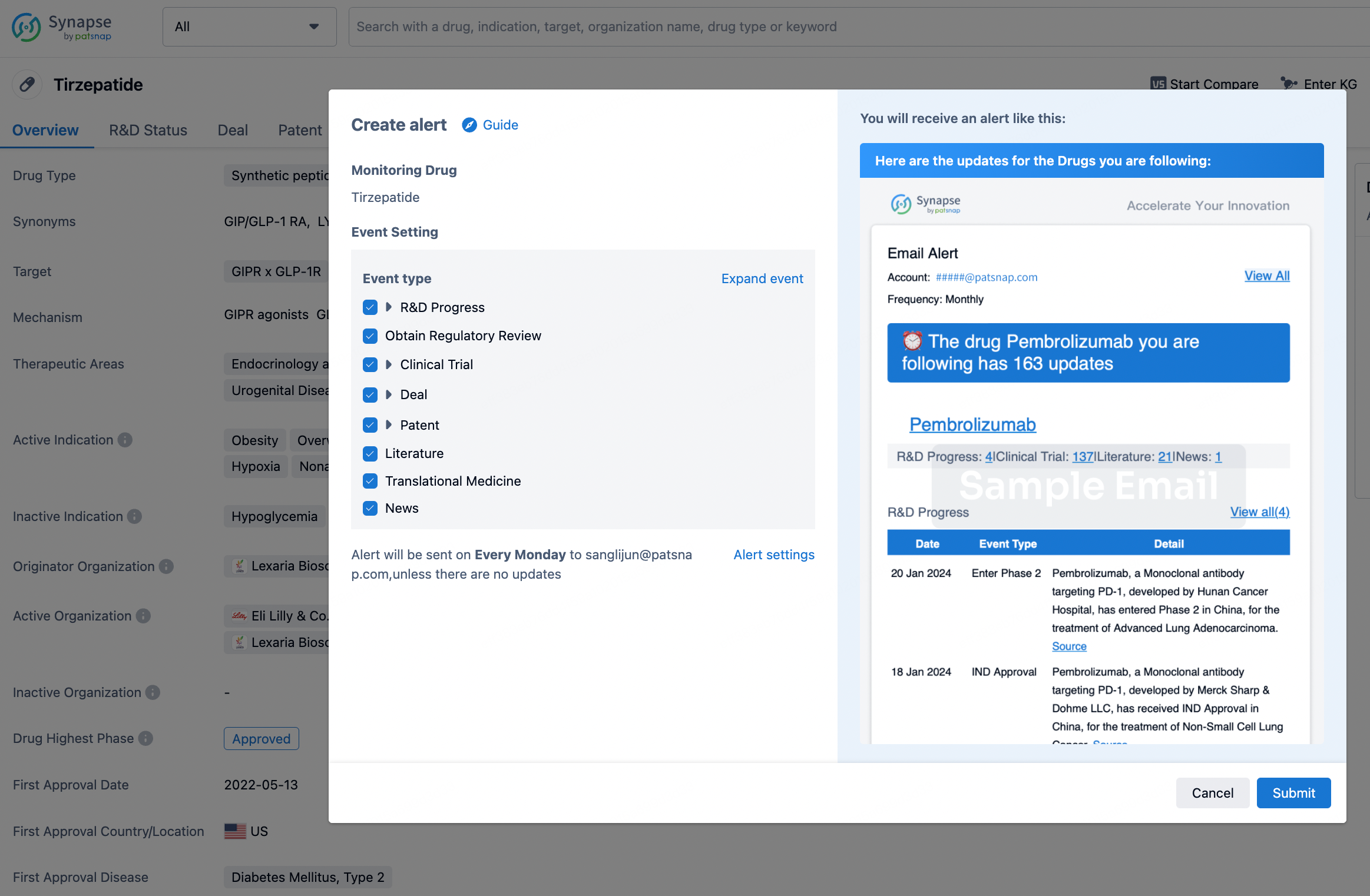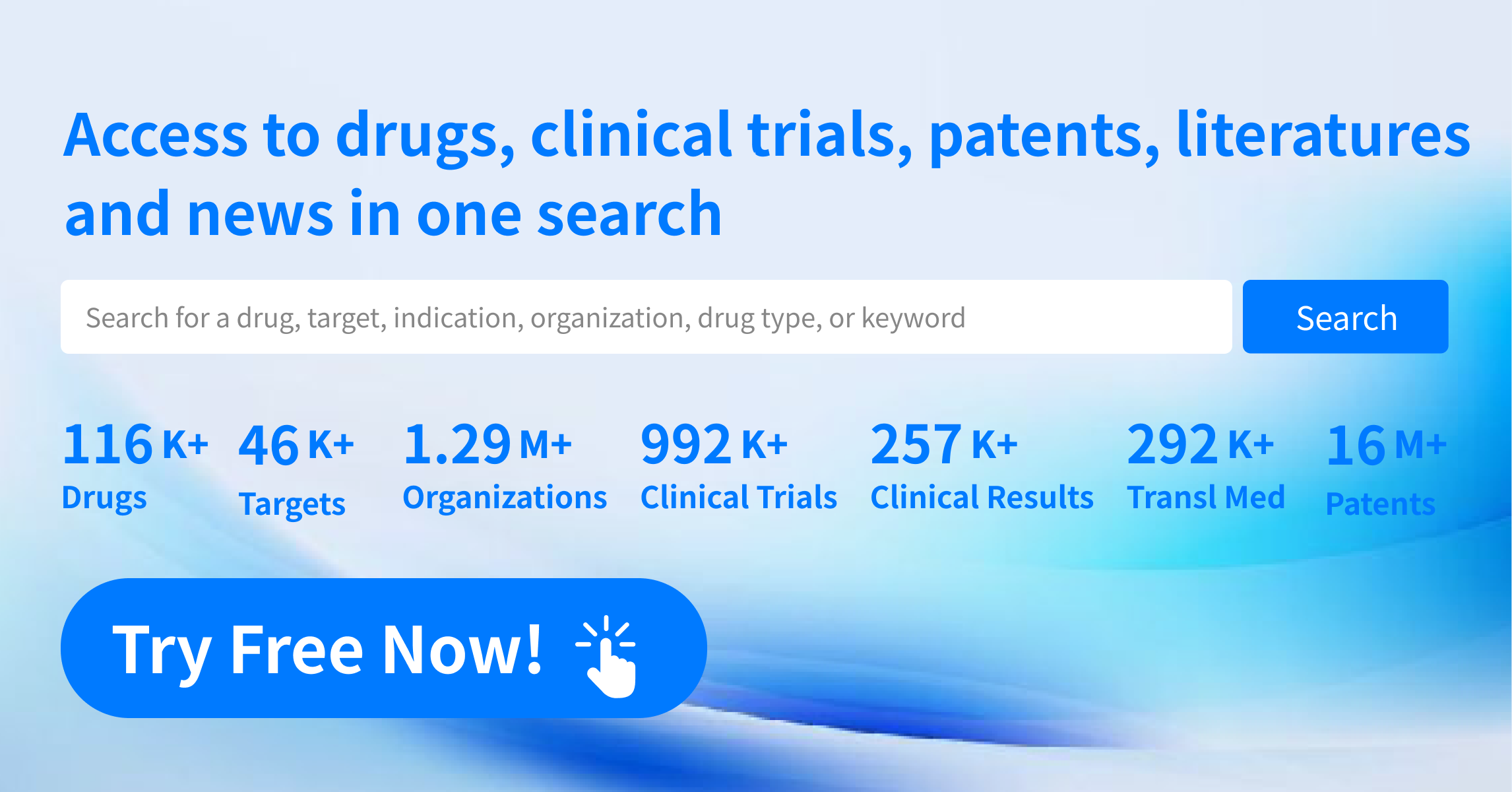Request Demo
What is Sodium carbonate used for?
15 June 2024
Sodium carbonate, commonly known as soda ash or washing soda, is a sodium salt of carbonic acid. It has the chemical formula Na2CO3 and is a white, water-soluble salt. Sodium carbonate is widely used in various industries, including glass manufacturing, chemical production, and domestic cleaning. It is also found in some pharmaceutical applications. This blog aims to provide an in-depth look at this versatile compound, its mechanism of action, how to use it, possible side effects, and interactions with other drugs.
**Introduction to Sodium carbonate**
Sodium carbonate is not typically classified as a drug but rather as an industrial chemical. However, it does have some applications in the medical and pharmaceutical fields. One of the notable uses is as an antacid to relieve symptoms of indigestion and heartburn. It has also been utilized in dialysis solutions for patients with chronic kidney disease.
In the pharmaceutical industry, sodium carbonate serves as a buffer and pH adjusting agent in various formulations. It is not associated with specific trade names when used in medicinal contexts, but it is an essential component in some over-the-counter products.
Research into sodium carbonate primarily focuses on its industrial applications, with limited studies targeting its medicinal use. However, research institutions and laboratories continue to explore its potential benefits and applications, particularly in the treatment of metabolic acidosis and other medical conditions where pH balance is crucial.
**Sodium Carbonate Mechanism of Action**
When employed in medical applications, sodium carbonate acts by neutralizing acids. This neutralization reaction involves sodium carbonate reacting with hydrochloric acid in the stomach, producing sodium chloride, carbon dioxide, and water. This process helps to alleviate symptoms of acid indigestion and heartburn by increasing the pH of the stomach contents, making it less acidic.
In dialysis treatments, sodium carbonate is used to correct metabolic acidosis, a condition where the body produces excessive acid or when the kidneys are not removing enough acid from the body. The bicarbonate ions from sodium carbonate help to neutralize the excess acid in the blood, thereby restoring a more balanced pH level.
**How to Use Sodium Carbonate**
The administration of sodium carbonate varies depending on its intended use. In medical settings, sodium carbonate may be administered orally or intravenously.
For oral use, sodium carbonate is typically available in tablet or powder form. When used as an antacid, it is usually taken by dissolving a recommended dose in water and drinking the solution. The onset of action is relatively quick, often providing relief within minutes.
In dialysis treatments, sodium carbonate is incorporated into dialysis solutions. These solutions are administered directly into the bloodstream through a dialysis machine, which helps to filter and balance the patient's blood.
The precise dosage and method of administration should always be determined by a healthcare professional, based on the specific condition being treated and the individual patient's needs.
**What are Sodium Carbonate Side Effects**
While sodium carbonate is generally considered safe when used appropriately, it can cause side effects, particularly if used in excessive amounts or by individuals with certain health conditions.
Common side effects may include:
1. Gastrointestinal discomfort: Symptoms such as stomach cramps, gas, and diarrhea can occur, especially if taken in large quantities.
2. Metabolic alkalosis: Excessive use of sodium carbonate can lead to an imbalance in the body's pH, resulting in metabolic alkalosis. Symptoms may include confusion, muscle twitching, and hand tremors.
3. Sodium overload: High doses can lead to an excessive buildup of sodium in the body, causing symptoms like swelling, high blood pressure, and in severe cases, heart failure.
Contraindications for the use of sodium carbonate include:
1. Patients with a history of heart failure or hypertension, as the increased sodium levels can exacerbate these conditions.
2. Individuals with kidney disease should use sodium carbonate cautiously and under medical supervision, as their kidneys may not be able to handle the increased load of sodium and bicarbonate.
3. Pregnant or nursing women should consult a healthcare professional before using sodium carbonate to ensure it is safe for them.
**What Other Drugs Will Affect Sodium Carbonate**
Sodium carbonate can interact with other medications, potentially altering their effectiveness or increasing the risk of adverse effects. Some interactions to be aware of include:
1. Antacids and acid reducers: Combining sodium carbonate with other antacids or medications that reduce stomach acid can lead to an excessive alkalinization of the stomach, causing gastrointestinal discomfort and potentially reducing the absorption of certain nutrients and medications.
2. Diuretics: Certain diuretics, especially those that conserve potassium, can interact with sodium carbonate, leading to an imbalance in electrolytes and increasing the risk of metabolic alkalosis.
3. Antihypertensive drugs: Sodium carbonate can counteract the effects of antihypertensive medications, potentially leading to increased blood pressure. Patients on blood pressure medication should use sodium carbonate with caution.
Always consult a healthcare professional before starting or stopping any medication, including over-the-counter products like sodium carbonate. They can provide guidance on potential drug interactions and ensure that it is safe to use in conjunction with other treatments.
In conclusion, sodium carbonate is a versatile compound with significant industrial and some medical applications. While it is generally safe when used correctly, it is essential to be aware of potential side effects and interactions with other drugs. Always seek advice from a healthcare professional to ensure its safe and effective use.
**Introduction to Sodium carbonate**
Sodium carbonate is not typically classified as a drug but rather as an industrial chemical. However, it does have some applications in the medical and pharmaceutical fields. One of the notable uses is as an antacid to relieve symptoms of indigestion and heartburn. It has also been utilized in dialysis solutions for patients with chronic kidney disease.
In the pharmaceutical industry, sodium carbonate serves as a buffer and pH adjusting agent in various formulations. It is not associated with specific trade names when used in medicinal contexts, but it is an essential component in some over-the-counter products.
Research into sodium carbonate primarily focuses on its industrial applications, with limited studies targeting its medicinal use. However, research institutions and laboratories continue to explore its potential benefits and applications, particularly in the treatment of metabolic acidosis and other medical conditions where pH balance is crucial.
**Sodium Carbonate Mechanism of Action**
When employed in medical applications, sodium carbonate acts by neutralizing acids. This neutralization reaction involves sodium carbonate reacting with hydrochloric acid in the stomach, producing sodium chloride, carbon dioxide, and water. This process helps to alleviate symptoms of acid indigestion and heartburn by increasing the pH of the stomach contents, making it less acidic.
In dialysis treatments, sodium carbonate is used to correct metabolic acidosis, a condition where the body produces excessive acid or when the kidneys are not removing enough acid from the body. The bicarbonate ions from sodium carbonate help to neutralize the excess acid in the blood, thereby restoring a more balanced pH level.
**How to Use Sodium Carbonate**
The administration of sodium carbonate varies depending on its intended use. In medical settings, sodium carbonate may be administered orally or intravenously.
For oral use, sodium carbonate is typically available in tablet or powder form. When used as an antacid, it is usually taken by dissolving a recommended dose in water and drinking the solution. The onset of action is relatively quick, often providing relief within minutes.
In dialysis treatments, sodium carbonate is incorporated into dialysis solutions. These solutions are administered directly into the bloodstream through a dialysis machine, which helps to filter and balance the patient's blood.
The precise dosage and method of administration should always be determined by a healthcare professional, based on the specific condition being treated and the individual patient's needs.
**What are Sodium Carbonate Side Effects**
While sodium carbonate is generally considered safe when used appropriately, it can cause side effects, particularly if used in excessive amounts or by individuals with certain health conditions.
Common side effects may include:
1. Gastrointestinal discomfort: Symptoms such as stomach cramps, gas, and diarrhea can occur, especially if taken in large quantities.
2. Metabolic alkalosis: Excessive use of sodium carbonate can lead to an imbalance in the body's pH, resulting in metabolic alkalosis. Symptoms may include confusion, muscle twitching, and hand tremors.
3. Sodium overload: High doses can lead to an excessive buildup of sodium in the body, causing symptoms like swelling, high blood pressure, and in severe cases, heart failure.
Contraindications for the use of sodium carbonate include:
1. Patients with a history of heart failure or hypertension, as the increased sodium levels can exacerbate these conditions.
2. Individuals with kidney disease should use sodium carbonate cautiously and under medical supervision, as their kidneys may not be able to handle the increased load of sodium and bicarbonate.
3. Pregnant or nursing women should consult a healthcare professional before using sodium carbonate to ensure it is safe for them.
**What Other Drugs Will Affect Sodium Carbonate**
Sodium carbonate can interact with other medications, potentially altering their effectiveness or increasing the risk of adverse effects. Some interactions to be aware of include:
1. Antacids and acid reducers: Combining sodium carbonate with other antacids or medications that reduce stomach acid can lead to an excessive alkalinization of the stomach, causing gastrointestinal discomfort and potentially reducing the absorption of certain nutrients and medications.
2. Diuretics: Certain diuretics, especially those that conserve potassium, can interact with sodium carbonate, leading to an imbalance in electrolytes and increasing the risk of metabolic alkalosis.
3. Antihypertensive drugs: Sodium carbonate can counteract the effects of antihypertensive medications, potentially leading to increased blood pressure. Patients on blood pressure medication should use sodium carbonate with caution.
Always consult a healthcare professional before starting or stopping any medication, including over-the-counter products like sodium carbonate. They can provide guidance on potential drug interactions and ensure that it is safe to use in conjunction with other treatments.
In conclusion, sodium carbonate is a versatile compound with significant industrial and some medical applications. While it is generally safe when used correctly, it is essential to be aware of potential side effects and interactions with other drugs. Always seek advice from a healthcare professional to ensure its safe and effective use.
How to obtain the latest development progress of all drugs?
In the Synapse database, you can stay updated on the latest research and development advances of all drugs. This service is accessible anytime and anywhere, with updates available daily or weekly. Use the "Set Alert" function to stay informed. Click on the image below to embark on a brand new journey of drug discovery!
AI Agents Built for Biopharma Breakthroughs
Accelerate discovery. Empower decisions. Transform outcomes.
Get started for free today!
Accelerate Strategic R&D decision making with Synapse, PatSnap’s AI-powered Connected Innovation Intelligence Platform Built for Life Sciences Professionals.
Start your data trial now!
Synapse data is also accessible to external entities via APIs or data packages. Empower better decisions with the latest in pharmaceutical intelligence.


